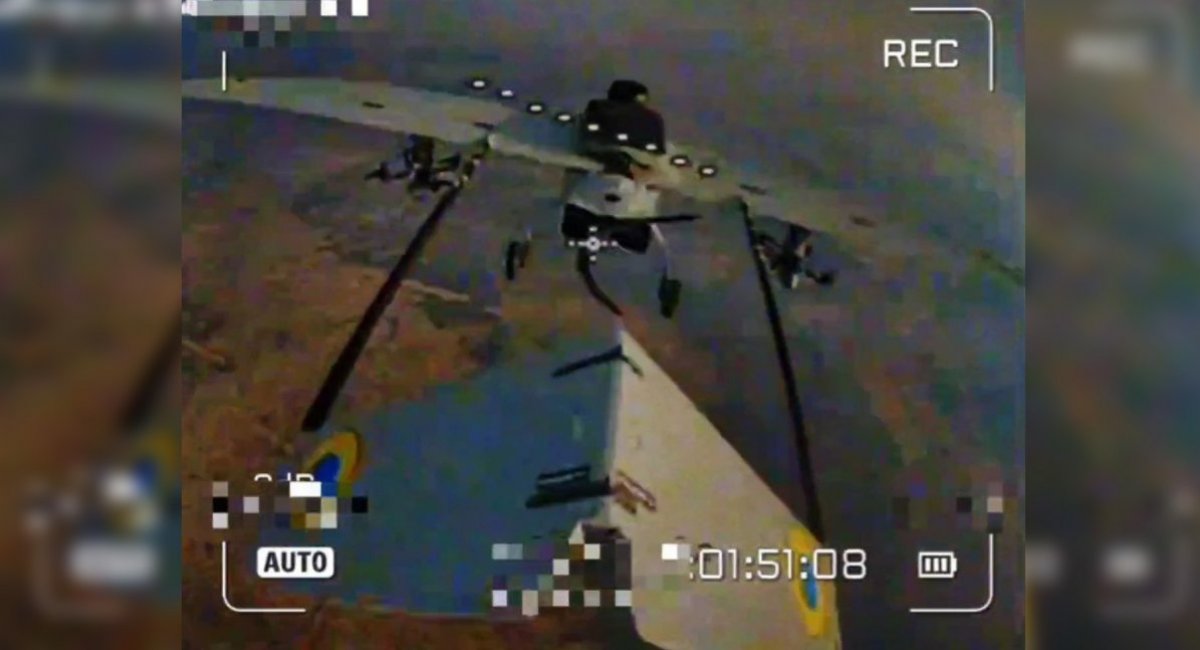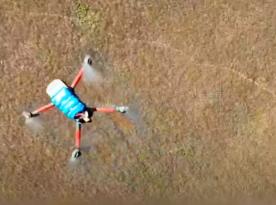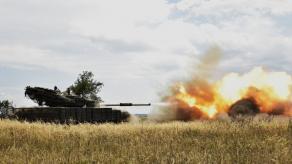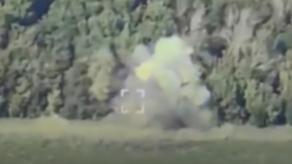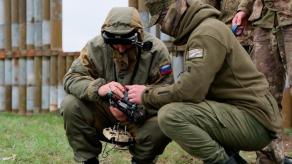Roughly a year ago, Ukrainian defenders began actively using FPV drones to intercept russian reconnaissance UAVs. Over time, these systems evolved into a distinct class: anti-aircraft drones.
This solution offered a cheap and effective way to counter UAVs like the Orlan-10 or various Zala models, which could loiter over the frontlines, detect targets, and adjust artillery fire. What’s more, launching an FPV drone does not give away the operator’s position, meaning launch points can be placed very close to the front.
Read more: Ukrainian Anti-Aircraft Drone Damages Rare russian-Israeli Forpost-R UAV at High Altitude
russia began experimenting with anti-aircraft drones to shoot down Ukrainian reconnaissance UAVs back in September 2024. For a long time, however, this remained a limited and rare practice.
Now, the enemy has successfully scaled up its drone-based air defense to such a level that the threat can no longer be ignored. Ukrainian expert Serhii Flash Beskrestnov recently drew attention to this problem.
"It was inevitable. We had long shown them how effective this path is. But unfortunately, over the nearly one-year head start we had, we failed to develop countermeasures against anti-aircraft drones," Beskrestnov noted.
As a result, despite the growing threat, Ukraine now faces an urgent challenge that requires a swift response. One possible solution is to copy the countermeasures russia has already implemented against Ukrainian anti-aircraft drones — at least until a more advanced domestic solution is ready for serial use.
Among the few realistically effective countermeasures, Beskrestnov highlights an automatic evasive maneuver system. With this, a reconnaissance UAV can abruptly change direction, break away from the attacker, and force the enemy anti-aircraft drone to attempt a second attack — one it may not have the battery life for.
Still, Beskrestnov admits this system is far from perfect. "Its effectiveness is neither 100% nor even close to 70%, but it’s better than nothing," he says.
At the same time, he called any onboard EW system ineffective. That’s because it’s extremely difficult to predict the enemy drone’s control frequencies — and the video feed is now digital, making jamming even harder.
Perhaps the most effective solution — apart from taking out the drone operators — is destroying the specialized radars used to detect Ukrainian drones. This idea also comes from russian practice. According to Beskrestnov, the main reason it took russia so long to scale up this tactic was precisely the lack of such a radar component.
"That’s why it’s so important to identify the type of radar the enemy is using and search for them along the front. I’m almost certain they are Chinese-made," he added. However, he stressed that this does not replace the need to integrate active countermeasures into Ukrainian UAVs.
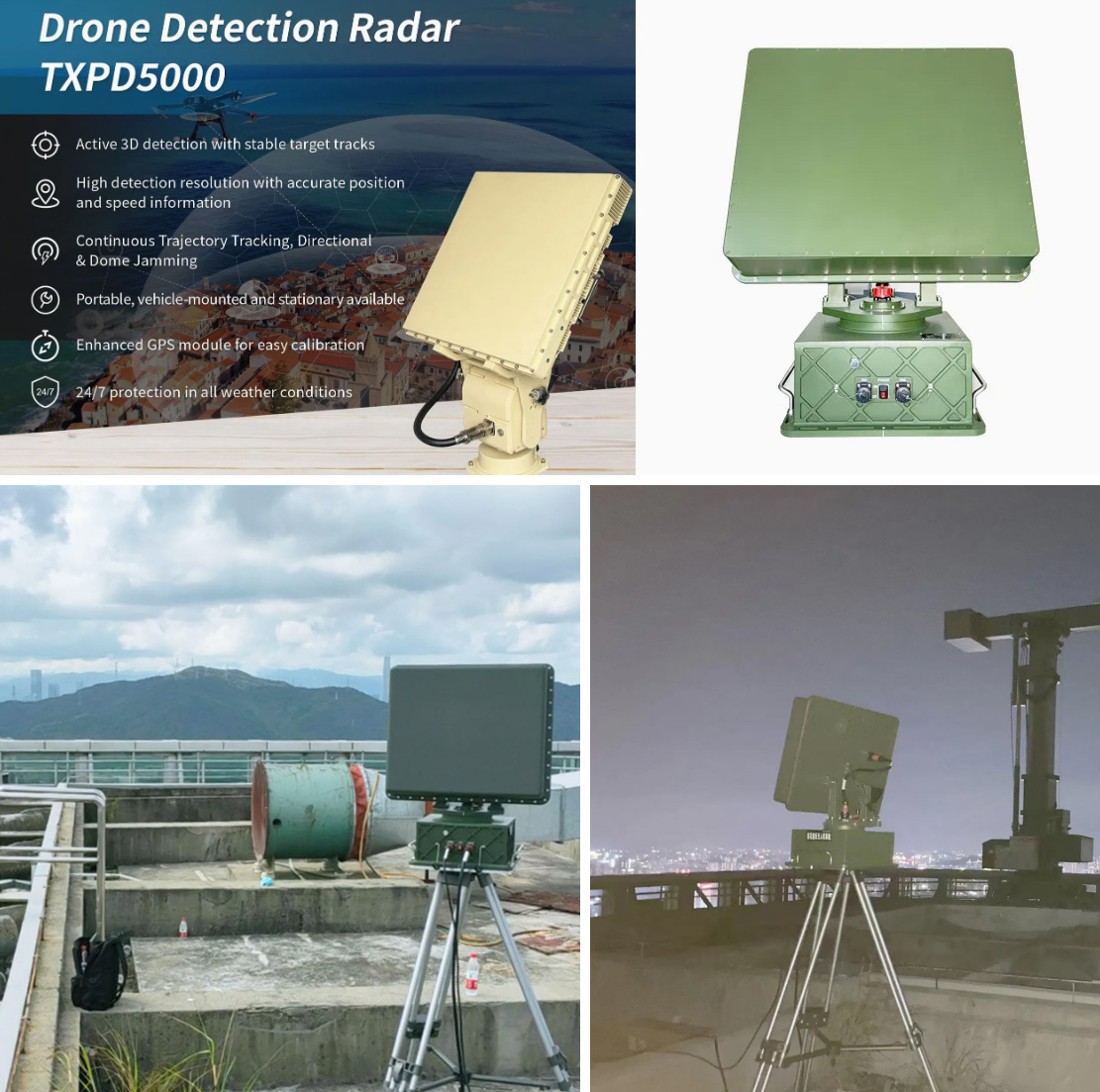
Beskrestnov also pointed out that russia responded to rising drone losses by ramping up production — meaning Ukraine must continue improving the effectiveness of its own anti-aircraft drones.
Read more: Ukrainian Anti-Aircraft Drone Downs russian Orion UAV, a Carrier of Banderol Missiles and Bombs




